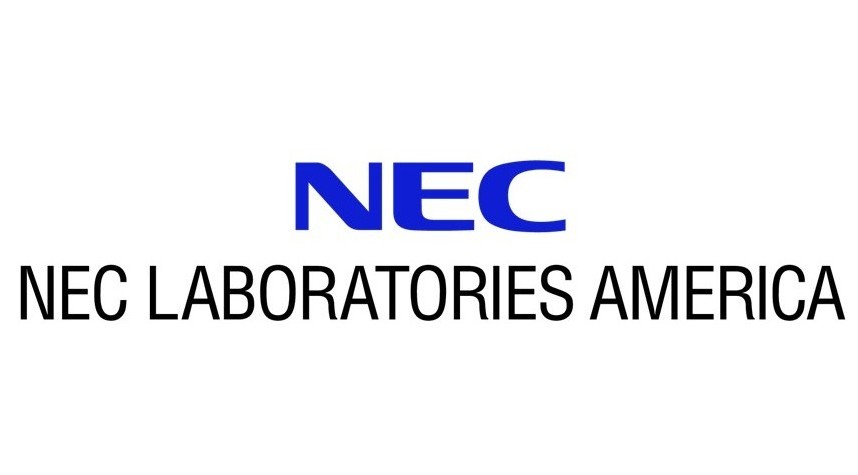Extreme events frequently occur in real-world time series and often carry significant practical implications. In domains such as climate and healthcare, these events, such as floods, heatwaves, or acute medical episodes, can lead to serious consequences. Accurate forecasting of such events is therefore of substantial importance. Most existing time series forecasting models are optimized for overall performance within the prediction window, but often struggle to accurately predict extreme events, such as high temperatures or heart rate spikes. The main challenges are data imbalance and the neglect of valuable information contained in intermediate events that precede extreme events. In this paper, we propose xTime, a novel framework for extreme event forecasting in time series. xTime leverages knowledge distillation to transfer information from models trained on lower-rarity events, thereby improving prediction performance on rarer ones. In addition, we introduce a MoE mechanism that dynamically selects and fuses outputs from expert models across different rarity levels, which further improves the forecasting performance for extreme events. Experiments on multiple datasets show that xTime achieves consistent improvements, with forecasting accuracy on extreme events improving from 3% to 78%.

